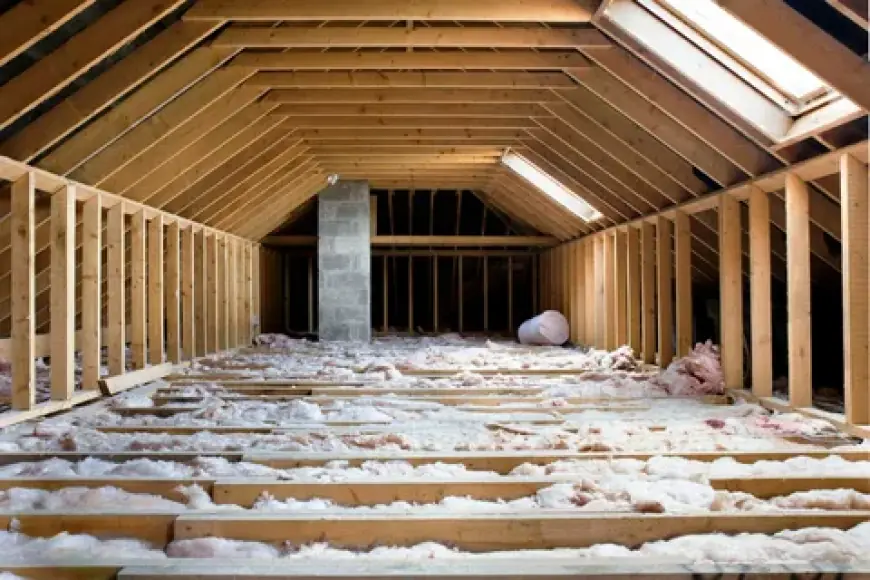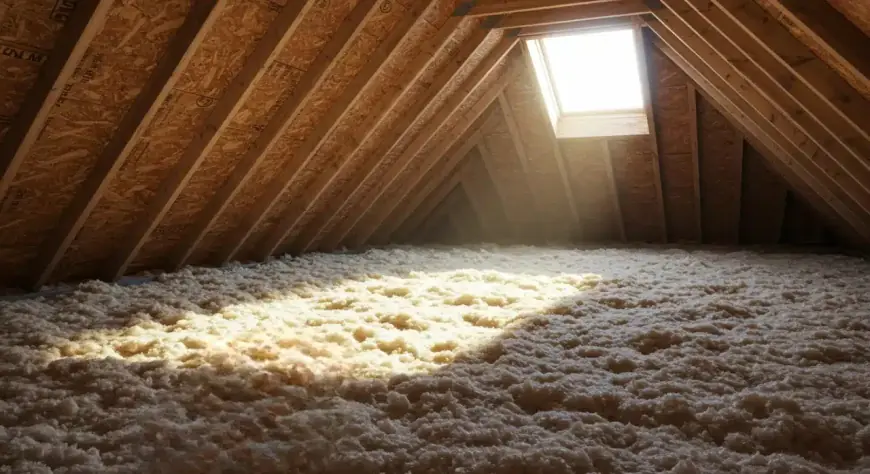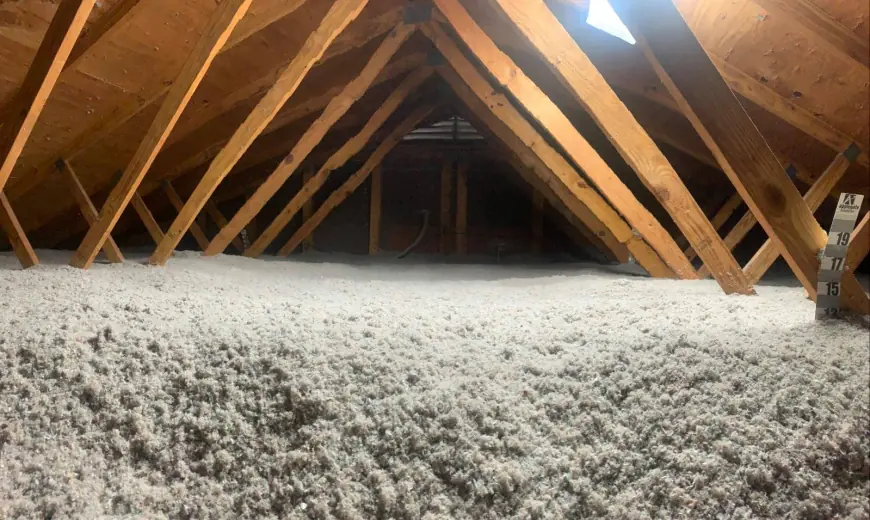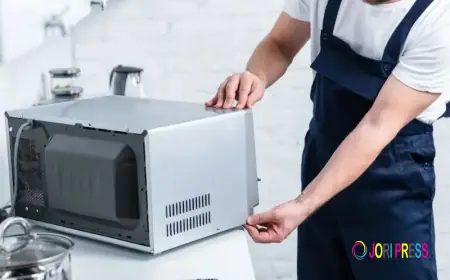Common Signs Your Attic Insulation Needs an Upgrade

If your home feels like a sauna in summer and a walk-in freezer in winter, your attic insulation might be to blame. Insulation doesn’t last forever—it breaks down, settles, gets damaged, and quietly stops doing its job. The problem is, it doesn’t tap you on the shoulder to let you know.
Ignoring the signs can cost more than just comfort. Poor insulation can make your HVAC work harder, spike your energy bills, and even invite moisture problems that lead to bigger repairs. Here’s how to tell when your attic insulation is past its prime and ready for an upgrade.
Temperature Swings Between Rooms
When insulation is healthy, your home maintains a steady, comfortable temperature. If you notice certain rooms are hotter or colder than others, it’s worth checking the attic. Professional attic insulation services can help identify and solve these issues before they grow.
Uneven Heating or Cooling
Warm air escapes faster in poorly insulated areas, forcing your HVAC to overcompensate. That’s why one room may feel like a blast furnace while another needs a sweater.
Seasonal Discomfort
If you dread stepping into upstairs rooms during extreme seasons, the insulation above them may be thin, shifted, or missing entirely.
Fun fact: A single gap in insulation can affect temperature control in multiple rooms, not just the space directly below it.
Higher Energy Bills Without Explanation
When attic insulation stops working efficiently, energy use goes up—and your bills show it.
Strain on HVAC Systems
Your heating and cooling systems have to run longer and harder to maintain comfort, which drives up energy costs over time.
Gradual Increase Over Time
A slow, steady climb in utility bills, even without lifestyle changes, often points to insulation losing its effectiveness.
Drafts or Cold Spots Indoors
Feeling a breeze where there shouldn’t be one? That’s a red flag.
Air Leakage From the Attic
Worn or shifted insulation can’t fully block airflow. This creates noticeable drafts, especially near ceilings, vents, or light fixtures.
Cold Ceilings or Walls
Touch a ceiling in winter—if it’s cold to the touch, warm air is escaping and cold air is seeping in.
Visible Damage or Wear
Sometimes, you can spot insulation issues just by looking.
Flattened or Compressed Material
Insulation needs loft to trap air effectively. Over time, it can settle or get crushed, reducing performance.
Water Stains or Mold
Moisture in the attic is bad news. Wet insulation loses its insulating value and can encourage mold growth.
Fun fact: Wet insulation can lose up to 40% of its R-value almost instantly.
Pest Activity in the Attic
Unwanted visitors can do more damage than you think.
Nesting and Tunnels
Rodents, birds, or insects can tear through insulation, leaving gaps and contamination behind.
Odor and Health Concerns
Pest droppings can impact indoor air quality and signal insulation replacement is overdue.
Comparing Old vs New Attic Insulation
Not sure how your current insulation stacks up? Here’s a quick comparison.
Common Question:Can I Just Add More Insulation on Top?
Sometimes you can, but it depends on the condition of what’s already there. If the existing insulation is wet, moldy, or heavily infested, it needs to be removed before adding new material. Stacking fresh insulation over damaged material can lock in moisture and make problems worse.

Conclusion
Attic insulation quietly works behind the scenes to keep your home comfortable and efficient. But like anything else, it wears out. Uneven temperatures, rising energy bills, drafts, visible damage, and pest issues are all warning signs that it’s time to take a closer look.
Upgrading insulation isn’t just about comfort—it’s about protecting your home from energy waste, moisture problems, and unnecessary strain on your HVAC. The sooner you address the signs, the better your home will perform year-round. Professional spray foam insulation services ensure long-lasting efficiency and comfort.
FAQs
How often should attic insulation be replaced?
It depends on the material, but many homes benefit from an upgrade every 15–20 years or sooner if there’s damage.
Can old insulation cause health problems?
Yes, especially if it’s contaminated with mold, dust, or pest droppings that can affect air quality.
What’s the fastest sign of poor attic insulation?
A noticeable difference in temperature between floors or rooms is often the first clue.
Does insulation lose effectiveness over time?
Yes, settling, moisture damage, and general wear can all reduce its performance.
Can I upgrade insulation any time of year?
Yes, but spring and fall often make the job easier because of milder temperatures.
Reviewer: Michael Carter reviewed this article using insight gained over 12 years in the spray foam business. His feedback focused on helping contractors reach new customers without overcomplicating their message.
What's Your Reaction?
 Like
0
Like
0
 Dislike
0
Dislike
0
 Love
0
Love
0
 Funny
0
Funny
0
 Angry
0
Angry
0
 Sad
0
Sad
0
 Wow
0
Wow
0



















































